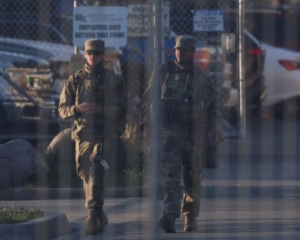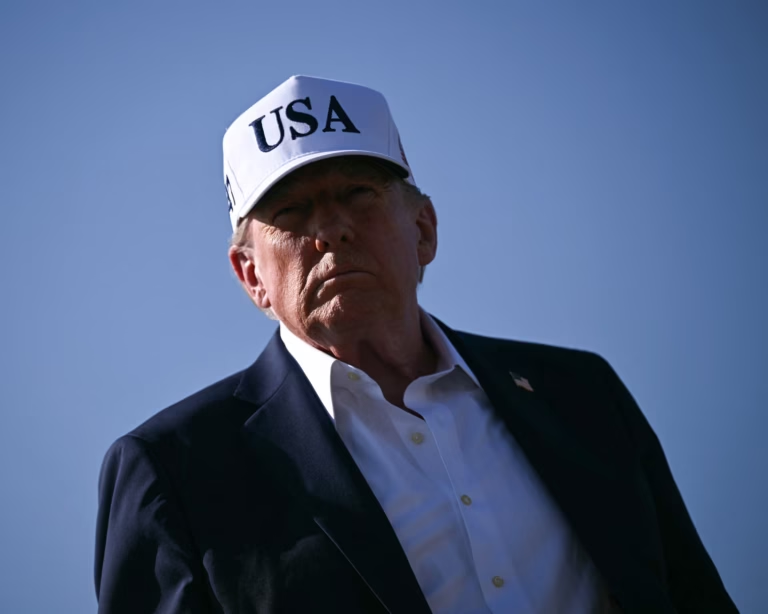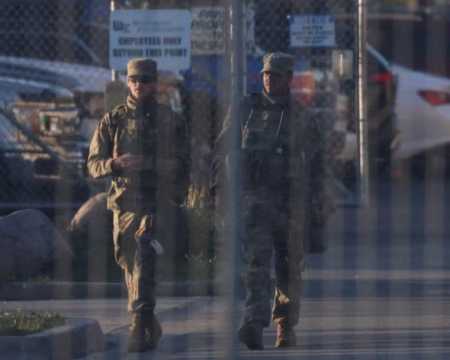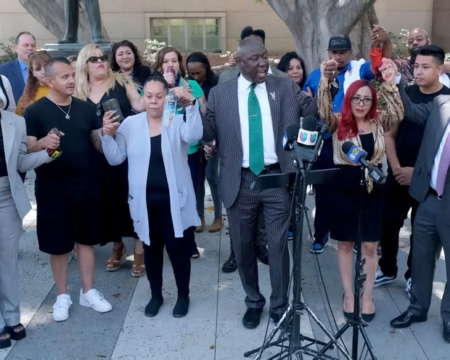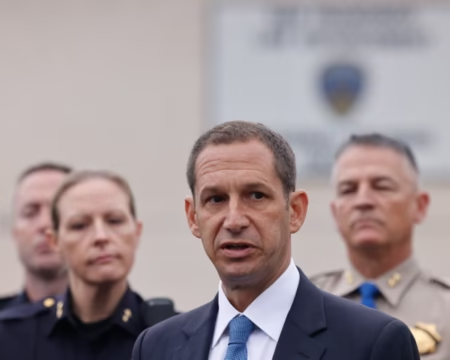The United States has postponed the start of new tariffs until August 1, leading to uncertainty among global trade partners and investors. President Donald Trump confirmed on Monday that letters detailing new tariff rates will be sent out this week, despite earlier indications that the 90-day pause would end by July 9.
Trump said his administration will send out around a dozen letters to countries affected by the new policy. He also hinted that some trade deals have already been made. However, when asked for a clear timeline, the president gave mixed signals, sparking confusion.
“I think we’ll have most countries done by July 9,” Trump said. “Either a letter or a deal.”
To clarify, U.S. Commerce Secretary Howard Lutnick later said the new tariffs will officially take effect on August 1. The White House had previously announced a base rate of 10% for most countries, with additional charges reaching up to 50%. Originally, those rates were set to take effect on April 2, then pushed to July 9, and now delayed again.
This extension gives countries more time to negotiate but also brings more uncertainty to importers. Businesses and financial markets are unsure about the final terms and timing of these trade rules.
The delay caused immediate reaction in the Asian markets. Japan’s Nikkei dropped 0.3%, South Korea’s stocks declined by 0.7%, and MSCI’s broad Asia-Pacific index excluding Japan slipped by 0.1%.
In a post on his social media platform Truth Social, Trump said the U.S. would start delivering “TARIFF Letters, and/or Deals” starting Monday at noon Eastern Time. He also warned that any country aligning with BRICS will face an extra 10% tariff. BRICS includes Brazil, Russia, India, China, and South Africa.
This message came after BRICS leaders met in Brazil and voiced concern about rising unilateral trade measures. They warned that such moves could damage global economic stability.
U.S. Treasury Secretary Scott Bessent added that several major trade announcements are expected in the coming days. He noted the European Union had made strong progress in its discussions with the U.S. Bessent also said letters would be sent to about 100 smaller countries that do limited trade with the U.S., warning them that higher tariff rates would begin August 1 if no agreement is reached.
“These countries will return to the April 2 tariff levels unless talks move forward,” Bessent said. He expects that this will lead to many deals being finalized quickly.
Since taking office, Trump has reshaped global trade policies, often using tariffs as leverage. His actions have created tension in international markets and forced countries to adjust their strategies.
Kevin Hassett, head of the National Economic Council, said there may still be room for some countries to avoid the August 1 deadline if they are making real progress. “Deadlines are important, but if things are close, there might be flexibility,” he said. Ultimately, the final decision will be up to the president.
With the shifting dates and rising pressure, both global partners and American businesses now wait to see which countries reach deals and which face higher tariffs in just a few weeks.



